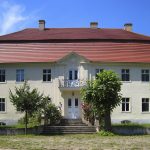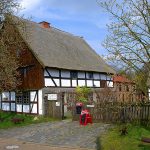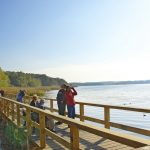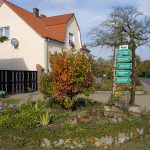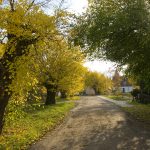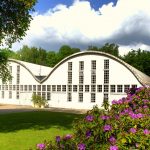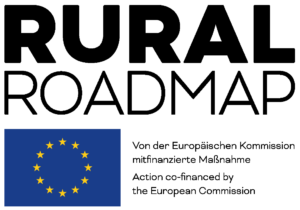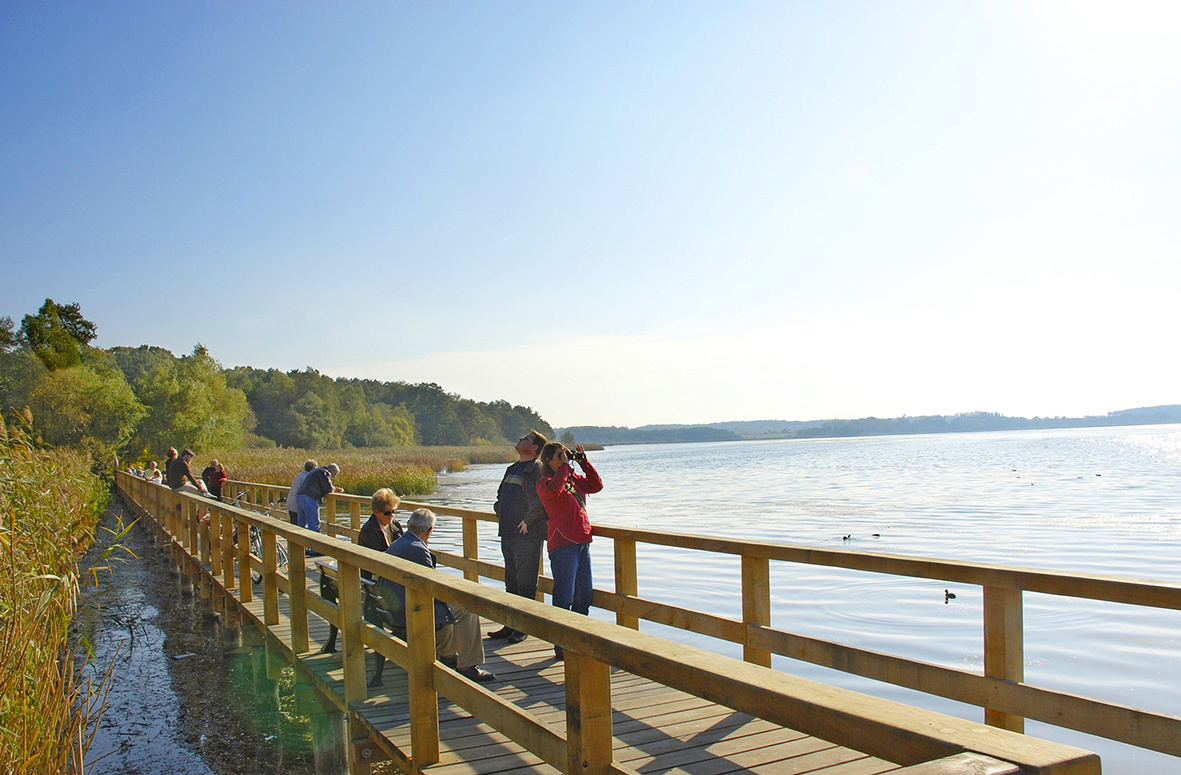
Blankensee, Brandenburg, Germany
Blankensee is a part of the municipality Trebbin, located within an area of lakes, rivers, marshland and agricultural fields south of Berlin with a headcount of 545 inhabitants. The village comprises a number of settlements and can look back onto a rich history back to early times, including a very dramatic time between and after the two world wars. One example is the presence of a Soviet military base near the village.
The interlinked, natural, cultural, social and economic heritage was the basis for the development of Blankensee after the opening of the East. Twenty years of continuous intensive efforts resulted in a village with a structure adjusted to the changing conditions of today’s demands in view of residential areas, leisure facilities, small businesses and touristic services. Tradition and customs still play a role and experiencing nature are as important as the visibly improved living and working conditions of the population.
Elementary school teachers today teach their young charges with great commitment, helping them to respect history and assess the challenges of today correctly. The students learn to respect nature, which on one hand constitutes a natural wealth and gives the area its identity, and on the other hand ensures the livelihood of numerous families in the village. Through the reconstruction and integration of the Bohlensteg, which offers an impressing natural view, into the protected nature reservation created by the lakes and the river Nieplitz, the extension of the Nature Park Visitor Centre and the maintenance of the mulberry alley proves the positive attitude of the villagers towards their natural environment.
The village also takes care of its inhabitants and their needs. Excellent examples thereto are the renovation of the former beach hotel, today home to many families, the creation of the areas Weidenweg and the development of new residential homes through refurbishing of the settlement Friedensstadt, which in the times before Word War II was a refuge under the protection of the Johannische Church and then was used for different purposes by the Nazis, eventually being turned into a military exercise area. Apart from activities with the purpose of maintaining building structure typical for the location, and the maintenance of old customs, the search for solutions regarding alternative energies also deserves mentioning.
Craftsmen, small businesses and fishery are not only the main economic activities in the village, but also ensure a good food supply for the villagers and tourists. The infrastructure is complemented by varied, nature-orientated, cultural and social services of the Johannischen and Protestant Church, numerous societies, the village museum, Blankensee Castle and the FIB, a leisure institution for children and young people.
Blankensee is known for special performance in individual areas of village development for the decisive integration of environmental protection into the economic exploitation of its lakes and the river, the successful maintenance of its rich cultural and natural heritage and its exemplary strength creating new opportunities for the life and work environment of the villagers from a difficult past.
Evaluated: 2010
